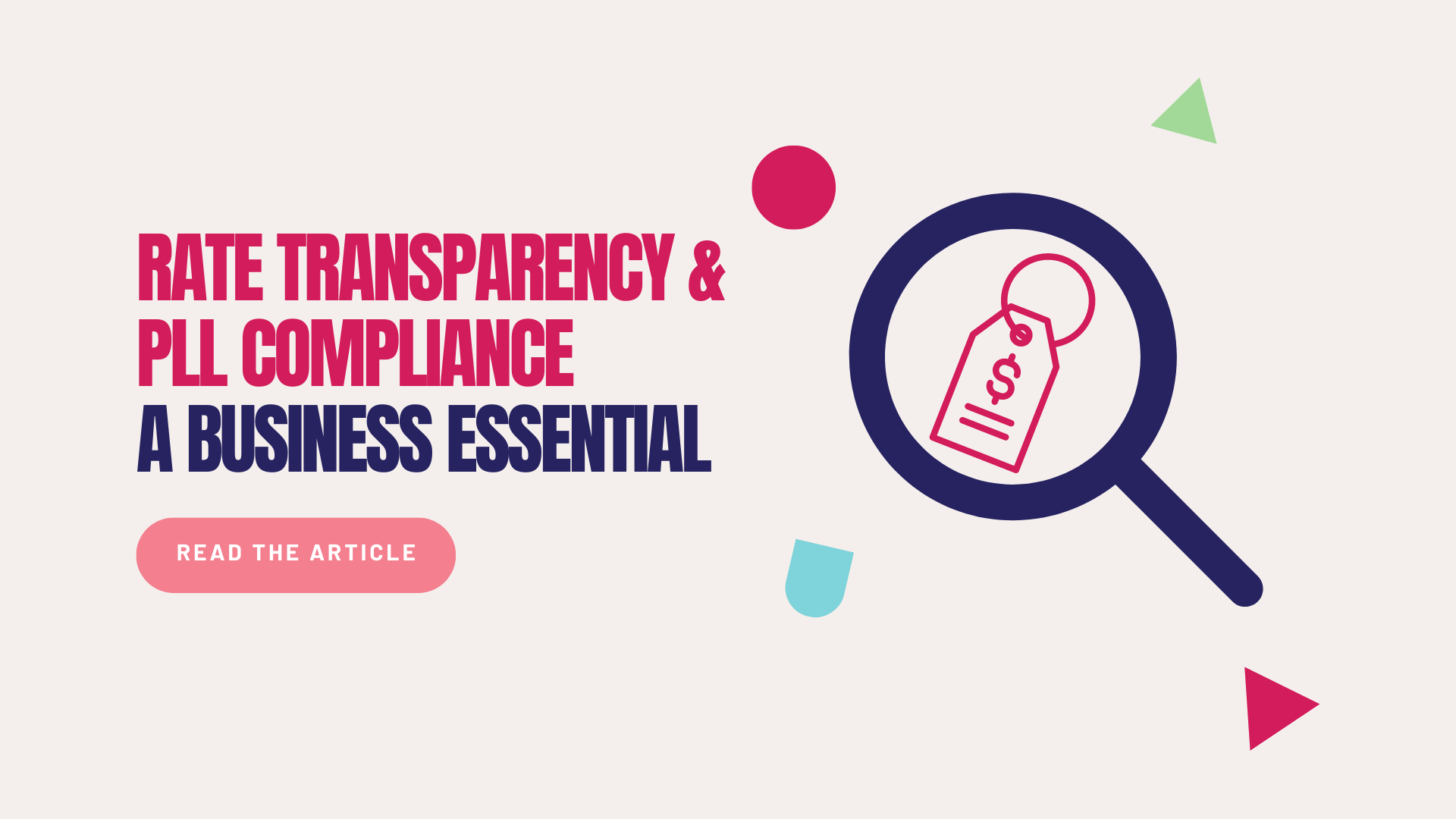Customer contact compliance ensures that businesses are protecting customer privacy and, with it, avoiding legal issues.
This guide will outline key steps to ensure your email and SMS marketing aligns with relevant regulations.
Table of Contents
What Is Customer Contact Compliance?
Customer contact compliance is a set of regulations, guidelines, and best practices that help website owners ensure lawful and ethical handling of users’ contact they obtain via their website.
Contact compliance usually refers to the 2 most common types of contact businesses obtain via website: phone numbers (SMS) and emails.
Create a compliant website with Digital Spice.
Request Free Proposal →
What Is SMS Compliance?
SMS compliance refers to rules and laws for businesses that want to send marketing text messages to their customers. SMS compliance laws protect consumers from spam text messages and privacy issues.
In general, SMS compliance consists of ensuring you have a customer’s permission to text them and that they understand the types of messages they’ll receive when they provide you with their personal information.
Several regulatory bodies determine SMS compliance guidelines, but two of the most important to understand are TCPA and CTIA.
- TCPA is a federal law that requires you to obtain express written consent from customers before sending them marketing text messages.
- The Cellular Telecommunications Industry Association (CTIA) is a group of wireless carriers and other industry businesses that maintains guidelines for SMS marketing to protect consumers from receiving unsolicited text messages.
The CTIA takes their guidelines a bit further to provide businesses with instructions to improve their customer experience when using SMS marketing, with rules such as:
- Displaying a clear call to action to ensure customers understand what they’re signing up for (marketing communications via text)
- Having a clear opt-out process
- All texts to customers must include your brand’s name
What Is Email Compliance?
While the Telephone Consumer Protection Act (TCPA) provides protections for consumers regarding phone calls and texts, emails must also remain in compliance with local laws and regulations.
It involves following various data protection and anti-spam standards to ensure the safety, security, and privacy of emails sent and received.
Guide to Compliant Customer Communications
Ensuring that your customer communications are compliant with legal regulations is crucial for maintaining trust and avoiding potential penalties.
Here are the essential steps and best practices for achieving compliance in your email, SMS, and other customer contact methods:
1. Understand the Legal Frameworks
Different countries have specific regulations governing customer communications. Familiarize yourself with these key regulations:
- CAN-SPAM Act (USA): Governs commercial email messages.
- GDPR (EU): Protects personal data and privacy.
- TCPA (USA) and CTIA (USA): Regulates telemarketing calls and SMS.
- CASL (Canada): Covers email, SMS, and social media messages.
2. Obtain Explicit Consent
- For Email: Use double opt-in methods to ensure subscribers explicitly consent to receiving emails.
- For SMS: Obtain written consent before sending marketing messages. This can be through an online form or a text message.
3. Provide Clear Opt-Out Mechanisms
- For Email: Include an unsubscribe link in every email.
- For SMS: Allow recipients to reply with a keyword like “STOP” to unsubscribe.
4. Be Transparent About Data Use
- Clearly state what type of communications and content subscribers will receive.
- Explain how their private data will be used and stored.
- Provide a link to your privacy policy.
5. Segment Your Audience
- Tailor your messages based on the recipient’s preferences and previous interactions.
- Use segmentation to send relevant content, which can reduce unsubscribe rates and complaints.
6. Limit Frequency
- Avoid bombarding your audience with too many messages.
- Establish a reasonable frequency for your communications to keep your audience engaged without overwhelming them.
7. Review and Update Policies Regularly
- Compliance regulations can change. Regularly review and update your policies to stay compliant.
- Conduct periodic audits to ensure all communication practices align with the latest regulations.
8. Use Technology to Assist Compliance
- Utilize email marketing and SMS platforms that offer compliance features.
- Implement tools that manage consent, segment audiences, and automate unsubscribe processes.
Ready to Create a Compliant Website?
Digital Spice is a creative digital agency specialized in planning, designing, and developing high-performance digital experiences.
Contact us to request a free consultation and proposal for your project at [email protected] or click here.
Let’s get digital!








